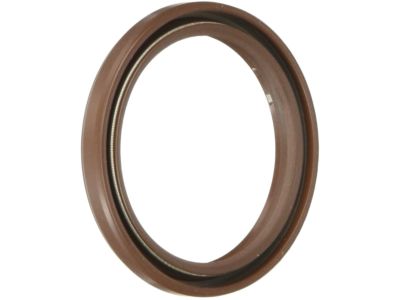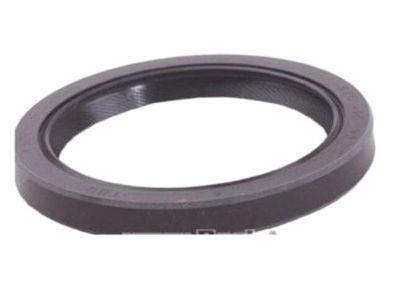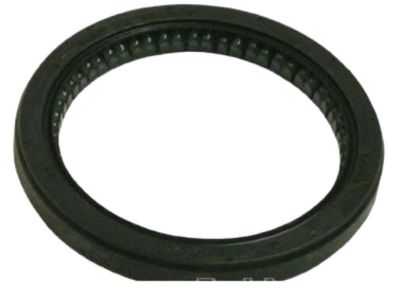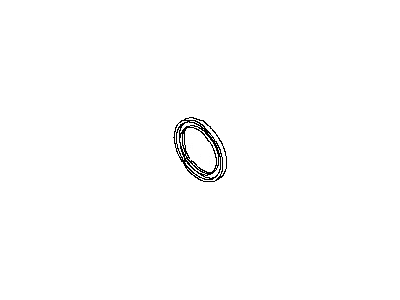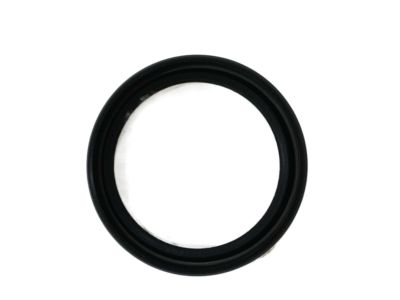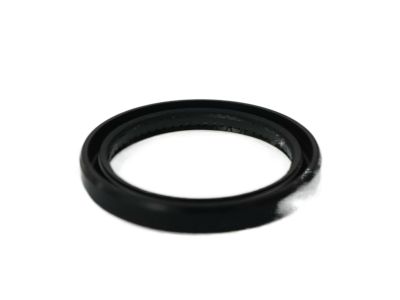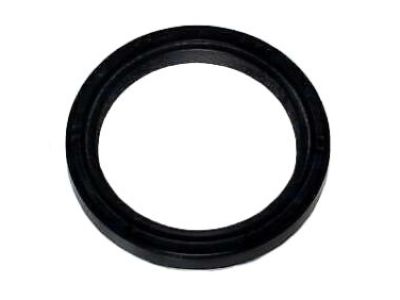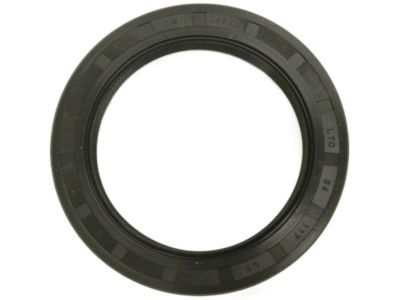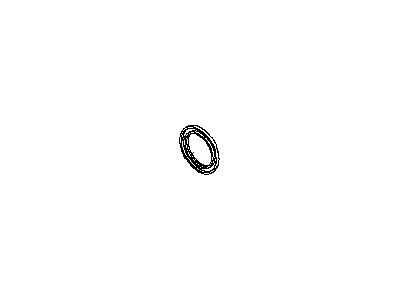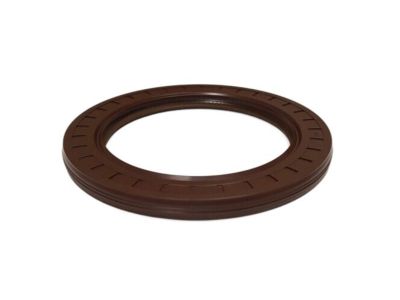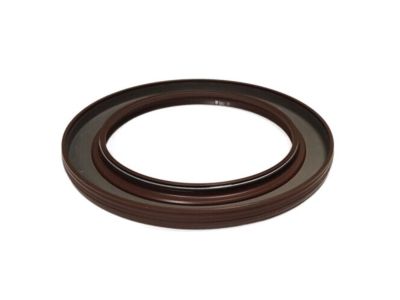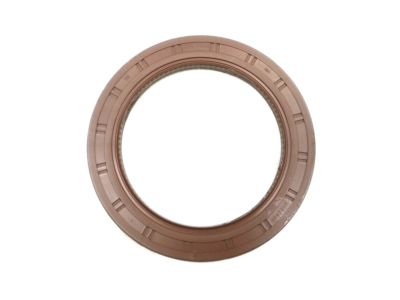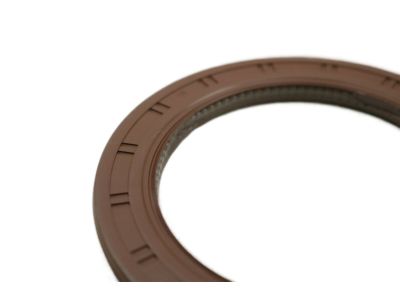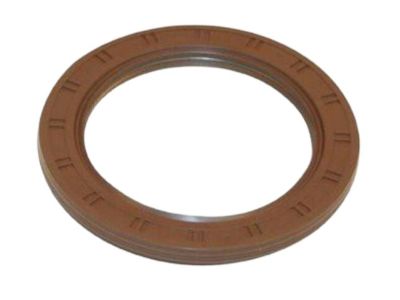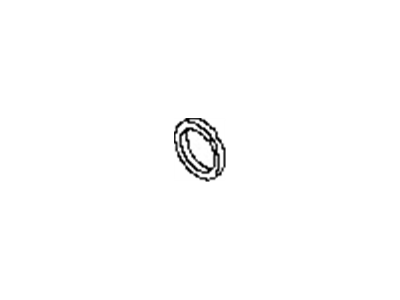×
- Hello
- Login or Register
- Quick Links
- Live Chat
- Track Order
- Parts Availability
- RMA
- Help Center
- Contact Us
- Shop for
- Nissan Parts
- Nissan Accessories

My Garage
My Account
Cart
Genuine Nissan Versa Crankshaft Seal
- Select Vehicle by Model
- Select Vehicle by VIN
Select Vehicle by Model
orMake
Model
Year
Select Vehicle by VIN
For the most accurate results, select vehicle by your VIN (Vehicle Identification Number).
9 Crankshaft Seals found

Nissan Versa Seal-Oil,Crankshaft Front
Part Number: 13510-6N200$14.76 MSRP: $20.35You Save: $5.59 (28%)Ships in 1-2 Business Days
Nissan Versa Seal-Oil,CRANKSHAFT Rear
Part Number: 12279-3HC0A$40.64 MSRP: $58.85You Save: $18.21 (31%)Ships in 1-3 Business Days
Nissan Versa Seal-Oil,Crankshaft Front
Part Number: 13510-1KC1A$10.95 MSRP: $15.10You Save: $4.15 (28%)Ships in 1-3 Business Days
Nissan Versa Oil Seal-Crank
Part Number: 12279-ED000$21.95 MSRP: $31.80You Save: $9.85 (31%)Ships in 1-3 Business Days
Nissan Versa Seal-Oil,CRANKSHAFT Rear
Part Number: 12279-3VA0A$35.83 MSRP: $51.90You Save: $16.07 (31%)Ships in 1-3 Business Days
Nissan Versa Oil Seal-Crank
Part Number: 12279-3HC0B$40.64 MSRP: $58.85You Save: $18.21 (31%)Ships in 1 Business Day
Nissan Versa Seal-Oil,CRANKSHAFT Rear
Part Number: 12279-ET000$40.64 MSRP: $58.85You Save: $18.21 (31%)Ships in 1-3 Business DaysNissan Versa Seal-Oil,Crankshaft Front
Part Number: 13510-1KT0A$10.31 MSRP: $14.22You Save: $3.91 (28%)Ships in 1-3 Business DaysNissan Versa Seal-Oil CRANKSHAFT Front
Part Number: 13510-ED000$10.49 MSRP: $14.47You Save: $3.98 (28%)Ships in 1-3 Business Days
Nissan Versa Crankshaft Seal
If you need any OEM Nissan Versa Crankshaft Seal, feel free to choose them out of our huge selection of genuine Nissan Versa Crankshaft Seal. All our parts are offered at unbeatable prices and are supported by the manufacturer's warranty. In addition, we offer quick shipping to have your parts delivered to your door step in a matter of days.
Nissan Versa Crankshaft Seal Parts Questions & Experts Answers
- Q: How do you replace the crankshaft seal and ensure proper installation on Nissan Versa?A:Loosen the right front wheel lug nuts, raise the vehicle, and support it securely on jackstands before removing the right front wheel. Next, take out the right inner wheel well and the drivebelts. Remove the crankshaft pulley bolt, and if necessary, have an assistant hold the crankshaft from turning by wedging a screwdriver in the Flywheel driveplate teeth through the access hole. Use a puller to remove the pulley from the crankshaft, ensuring the proper adapter is used on the end of the crankshaft to prevent damage, and that the jaws of the puller are secured to the hub of the pulley. To pry out the seal, use a seal-puller tool or a screwdriver with tape on the tip, taking care not to damage the seal bore or scratch the crankshaft snout. Clean the bore in the timing chain cover and coat the outer edge of the new seal with engine oil or multi-purpose grease, also lubricating the seal lips. Carefully drive the new seal into place using a seal driver or a socket with a slightly smaller outside diameter than the seal, ensuring it is installed squarely and to the same depth as the original, while checking that the garter spring remains in place. Remember that the oil seal lip faces the engine and the dust seal lip faces the pulley. Reinstall the crankshaft pulley and drivebelt, using a pulley installation tool for proper placement, and tighten the crankshaft pulley bolt to the specified torque. Finally, run the engine and check for oil leaks.
Related Nissan Versa Parts
Browse by Year
2024 Crankshaft Seal 2023 Crankshaft Seal 2022 Crankshaft Seal 2021 Crankshaft Seal 2020 Crankshaft Seal 2019 Crankshaft Seal 2018 Crankshaft Seal 2017 Crankshaft Seal 2016 Crankshaft Seal 2015 Crankshaft Seal 2014 Crankshaft Seal 2013 Crankshaft Seal 2012 Crankshaft Seal 2011 Crankshaft Seal 2010 Crankshaft Seal 2009 Crankshaft Seal 2008 Crankshaft Seal 2007 Crankshaft Seal
